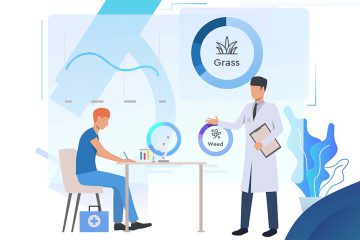Smog! I first heard this word
when I was in my third or fourth grade…way,
way back. My teacher told me that during winters you get a thick blanket of fog
that combines with smoke and becomes something that is so polluted that you
can’t see your way around and it is bad for you. Well, I didn’t understand much
then.
Back then too much smog was
actually a good thing to me! I got to skip school, my mom and dad took a day
off,and we used to spend all day
together. Having two working parents, this was a welcome thing for me. The
heavier the smog, the happier it made me. But then I grew up. I started
understanding what it is in reality, how it affects our health and why it made
my parents overly anxious. I understood that is why we moved from Delhi. My
parents, like many others in Delhi, were
striving hard for ourgood health and smog
wasn’t helping.
While this word was initially
used to refer to a mixture of smoke, pollutants,and
fog, the one we know now is more complex than that.This is because the former
was just part of winters and used to subside once the fog days get over, but the newer one can happen even
during summers. I understood that this smog was basically a mixture of nitrogen
oxides and various other pollutants that react with sunlight to form ground-level ozone. This photochemical smog
forms a heavy haze over the city and makes it incredibly hard to breathe.
How does
it impact us?
While ozone in the upper layer of our atmosphere is a good
thing which prevents UV rays from entering our atmosphere, the same can’t be
said about ground-level ozone. Here are
some ways they impact our health with prolonged exposure.
Persistent Cough and Irritation in the Throat and Chest
Exposure to ground-level ozone can irritate your respiratory
tract and lead to a heartburn kind of
sensation. You may even have a bout of persistent cough and heartburn for many
hours post exposure. Ground-level ozone continues to affect your lungs days
after the initial symptoms fade away.
Triggers Various Diseases and Ailments
If you have a preexisting respiratory condition, this smog
is sure to trigger it more. People suffering from asthma and wheezing have
experienced severe episodes of it within minutes of exposure. Extreme smog
lowers the production of Vitamin D and leads
to deficiency disease like rickets. It can also trigger cardiovascular and
bronchial disease among people.
Respiratory Distress and Lung Damage
Smog can also cause heaviness and breathing distress. You
will feel suffocated and gasping for breath on prolonged exposure. Young
children, infants, people with respiratory ailments and senior citizens would
be the most susceptible to this as they have a weak immune system and lungs.
An
Afterthought
I was pretty young when I thought smog was good, but even now when I hear people debate about air pollution, there is minimal mention of smog,or at least few realize it is an all-year thing. Smog is air pollution in disguise,and it is increasing everyday creeping on us slowly and making us sick. It is time we stepped ahead and did something about it.
But what can we do? I’ll tell you… in my next blog! Stay tuned to this space and check out our
other updates on air pollution.
We have a solution. Invest in our air quality monitoring device and check the air around your home now.
Follow this link to know more and order. Also available on






